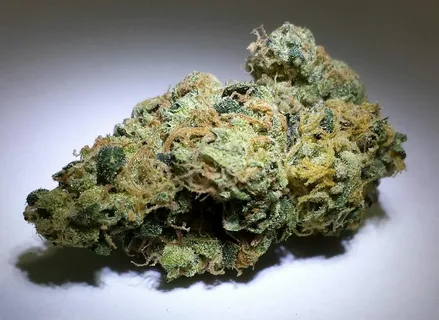Introduction to Forbidden Fruit
Welcome to the tantalizing world of Forbidden Fruit, a renowned cannabis strain cherished for its exotic flavor, potent effects, and therapeutic benefits. In this expert guide, we’ll embark on a journey to unravel the mysteries of Forbidden Fruit, offering insights and information for both novice enthusiasts and seasoned connoisseurs.
Origins and Genetics
Forbidden Fruit is a hybrid strain with a mysterious lineage that adds to its allure. While its exact parentage remains undisclosed, Forbidden Fruit is believed to be a cross between Cherry Pie and Tangie, resulting in a unique blend of flavors and effects that captivate users.
Aroma, Flavor, and Appearance
One of the most enchanting aspects of Forbidden Fruit is its captivating aroma and flavor profile. Upon opening a jar of Forbidden Fruit, you’re greeted with a delightful blend of tropical fruits, citrus, and earthy undertones, creating a sensory experience that lingers on the palate. Visually, Forbidden Fruit showcases dense, resinous buds with hues of purple and green, accentuated by fiery orange pistils and a frosty coat of trichomes, making it a feast for the eyes as well as the senses.
Effects and Medical Benefits
Forbidden Fruit is celebrated for its potent effects and therapeutic properties, making it a favorite among both recreational and medicinal users. As a hybrid strain, Forbidden Fruit offers a balanced experience, inducing a sense of euphoria and relaxation without overwhelming sedation. Its calming effects can help alleviate symptoms of stress, anxiety, and depression, promoting a sense of peace and well-being.
In terms of medical benefits, Forbidden Fruit has been reported to be effective in managing conditions such as chronic pain, inflammation, and insomnia. Its sedative properties can aid in promoting restful sleep and relieving physical discomfort, providing relief to those in need.
Cultivation Tips
For those interested in cultivating Forbidden Fruit at home, it’s essential to understand its specific cultivation requirements. Forbidden Fruit thrives in a warm and dry climate with adequate airflow and ventilation, whether grown indoors or outdoors. Indoor growers should maintain stable temperatures and humidity levels to prevent mold and mildew.
Forbidden Fruit has a moderate flowering time of around 8-9 weeks and can produce high yields when grown under optimal conditions. However, it’s essential to monitor the plant closely during the flowering stage to ensure proper nutrient uptake and pest management, resulting in robust growth and maximum potency.
Legality and Regulation
As with any cannabis strain, the legality of Forbidden Fruit varies depending on location. While some countries and states have legalized cannabis for both medicinal and recreational use, others maintain strict regulations prohibiting its cultivation, sale, and possession.
It’s crucial to familiarize yourself with the laws and regulations governing cannabis in your area to ensure compliance and avoid legal repercussions. Additionally, consumers should prioritize purchasing Forbidden Fruit from licensed dispensaries or reputable sources to ensure product quality and safety.
Conclusion: Embrace the Forbidden Fruit Experience
In conclusion, Forbidden Fruit stands as a testament to the diversity and allure of cannabis, offering a tantalizing experience for enthusiasts around the world. Whether you’re seeking relaxation, inspiration, or simply a moment of sensory delight, Forbidden Fruit delivers with its exotic flavors and therapeutic benefits.
As we continue to explore the ever-evolving world of cannabis, let us embrace the Forbidden Fruit experience and celebrate its place in cannabis culture. From its origins to its effects, Forbidden Fruit invites us to savor the forbidden and indulge in its delicious offerings.
- Apple Gelato Weed Strain Information - May 2, 2024
- Sweet Tart Weed Strain Information - April 27, 2024
- Expert Guide to White Fire OG (WiFi OG) Weed Strain Information - April 20, 2024












